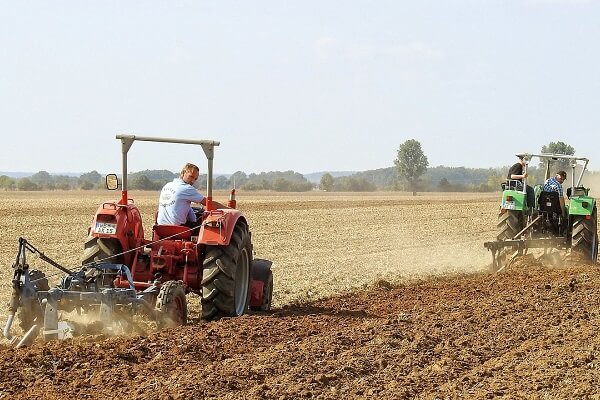Improve your productivity by using a soil-tillage plan
Put a soil-tillage plan in place and give your productivity a boost. With increased pressure on food production, it’s vital to achieve maximum efficiency. Not only will your produce contribute to feeding more people, but you’ll also enjoy higher profits. Investing in reliable equipment will help you to get the job done. Find durable machinery for sale on AgriMag and enjoy great savings.

Soil tillage explained
Are you wondering what soil-tillage is all about? This management practice involves using machinery to change soil properties with the aim of improving crop production. It focuses on specific aspects of the soil, such as temperature and water conservation. Soil-tillage is holistic and sustainable, which adds to its appeal. While good practices have many advantages, bad practices have detrimental effects. This means that it’s important to have a plan in place to ensure that you achieve the desired outcome.
Advantages of soil-tillage
An increase in productivity is only one of the benefits of soil-tillage. Other advantages include the following:
● Reduction in weeds
● High-quality soil
● Good surface for seeds
● Recycled plant nutrients
Develop a soil-tillage plan
Farming involves a diverse range of complex tasks. To ensure that you get everything done, you need to be organised. Planning and monitoring various tasks can improve your success rate. Soil tillage forms the foundation of successful food production, so it pays to spend some time focusing on this activity. Develop a comprehensive plan before you get started. The plans of new farmers will differ from those who are more experienced. While experienced farmers will have a tried and tested plan they can adjust as required, new farmers still need to figure out what works best for their operations. By carrying out the various activities that are part of soil tillage, they will figure out which ones work best. Monitoring the process is essential to assess which practices achieve the desired results.

Types of soil tillage
Numerous different types of soil-tillage practices are used. Frequently used practices include the following:
● Mole drainage: This practice involves draining stagnant water from the field. It is also used to manage soil porosity.
● Ploughing: a vital aspect of soil tillage is ploughing, which eliminates weeds and decreases moisture loss. Another advantage of ploughing is that it boosts the soil’s microbiological activity.
● Disking: This practice is carried out before sowing takes place. It breaks down clods of soil to improve consistency and granulation.
● Harrowing: Use harrowing to keep the surface of the soil moist and to boost the availability of nutrients.
● Rolling: Create smooth seedbeds and speed up seed germination with this soil-tillage practice.
Implementing soil tillage practices
It’s not necessary to use all the practices during every crop production cycle. The practices are implemented according to the type of crop that’s being grown as well as based on the crop cycle phase. Before sowing the seeds, more intense practices are used to prepare the soil. However, while the crops are growing, lighter practices improve the soil quality and boost performance.
With so many advantages to soil-tillage, it is easy to see why these practices are implemented by so many farmers. Looking for durable equipment? Find soil tillage equipment for sale on AgriMag today.





